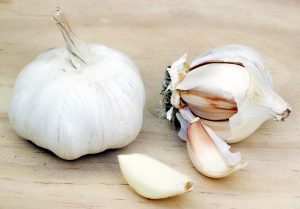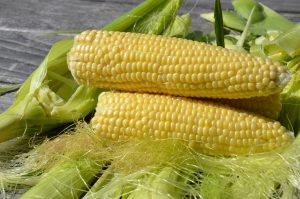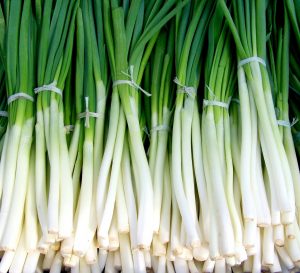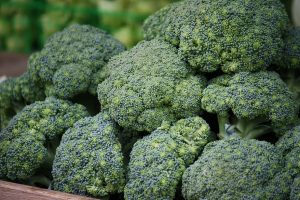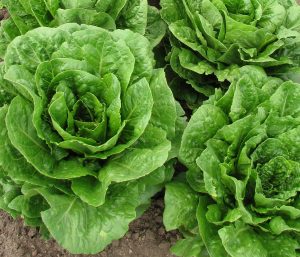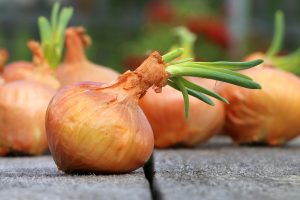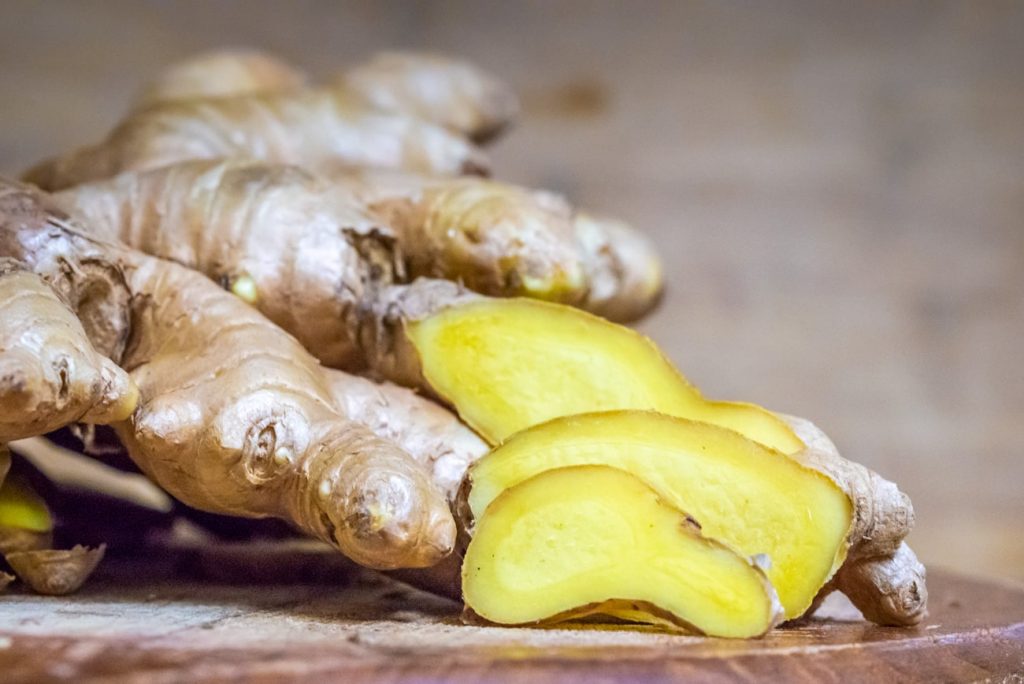
Ginger, also known as Zingiber officinale, is a popular spice that has been used for medicinal purposes and added flavor to various dishes. However, did you know that it’s also possible to grow ginger at home? With the right knowledge and care, you can easily cultivate ginger in your garden or even indoors. In this blog post, we will guide you through the step-by-step process of growing ginger, from selecting the right variety to harvesting and using it effectively in your recipes. Whether you’re a seasoned gardener or just starting out, this guide can help you grow your own fresh and flavorful ginger. So let’s get started!
Preparing to pre-sprout ginger for planting
To start growing ginger, it’s important to prepare the rhizomes beforehand. After selecting a firm and plump root with eyes, cut it into 1- to 2-inch pieces, making sure each section has at least one node. Once these pieces are cut, allow them to cure for a day or two before planting. During this time, the chunks will develop sprouts that will later grow into ginger plants. Once the sprouts and roots have emerged, they can be planted in a shallow tray of moist compost or aged manure about a half-inch under the soil. Remember to choose a location with proper drainage and soil requirements, as ginger is a heavy drinker and feeder. With the right care and attention, these pre-sprouted ginger roots will soon grow into healthy ginger plants.
Planting ginger in compost or aged manure
Now that you’re prepped and ready, it’s time to plant your ginger! One of the best soil amendments for ginger is compost or aged manure. These natural fertilizers provide essential nutrients and help retain moisture, ensuring your ginger gets the best start possible. When you plant your ginger, place the cut rhizomes (which should have at least two or three nodules each) about an inch deep and 12 inches apart, allowing enough space for the roots to spread out. Once you’ve planted your ginger, give it a good watering and keep the soil consistently moist, but not waterlogged. Remember, ginger grows best in well-drained soil that’s rich in organic matter, so it’s worth taking the time to amend your soil before planting.
Best time to plant ginger
Now that you know the basics of growing ginger, let’s focus on the best time to plant ginger. Springtime, specifically early spring after the last frost, is the ideal time to begin growing ginger from home. In tropical areas, the beginning of the rainy season is a good time to start planting. The soil temperature should be at least 68-77F (20-25C) for optimal germination. Planting in the spring ensures that your ginger has plenty of time to grow before the colder months. It takes several months for ginger root to grow large enough for harvesting, so patience is required. However, if you live in a warm climate, you can plant ginger at any time of the year. Remember to choose a well-draining soil, keep it well-watered, and fertilize when necessary. With the right care, your ginger plant will thrive, yielding an abundance of fresh ginger for your cooking needs.
Growing ginger in warmer climates
For those living in warmer, more humid climates, growing ginger can be a great addition to any garden. When planting outdoors, it’s important to find a spot that offers partial shade during the hottest parts of the day. In cooler climates, growing ginger in containers placed in the sun can be effective. Regardless of the location, ginger plants require consistent watering to thrive. As the plant grows, it’s important to ensure proper drainage in the soil to prevent root rot. Understanding the needs of the Zingiber officinale plant is essential for successfully growing ginger, and proper fertilization can help your plant produce healthy, flavorful rhizomes.
Choosing the right ginger root for planting
Choosing the right ginger root is crucial for growing healthy ginger plants. When selecting ginger for planting, it is essential to check the root over carefully and choose a firm, plump root with eyes, which are the developing ginger stems. A healthy ginger root should be around 4 to 5 inches long with at least a few fingers. It’s best to purchase ginger from a nursery or certified grower to ensure the rhizome is fit for growing. Once you have your ginger root, make sure to plant it in loose, rich, and well-draining soil. Ginger thrives in partial shade, so choose a suitable planting location away from direct sunlight. Understanding the characteristics of your ginger root will ensure success in growing your ginger plants.
Proper care and watering of ginger plants
After planting your ginger, it’s important to take good care of it if you want it to thrive. One key consideration is making sure the soil stays damp, which means watering regularly. When doing so, be sure not to over-water, or the plants might suffer. Another factor to keep in mind is drainage. Ginger plants need soil that drains well, so if your soil isn’t already well-draining, it may be worth adding some perlite or sand to create a better balance. Finally, it’s important to understand the specific requirements of the Zingiber officinale plant. This includes keeping the plant in temperatures above 50F, and ensuring that it receives at least a few hours of sunlight each day. By taking these steps, you can help ensure that your ginger plant grows strong and healthy.
Drainage and soil requirements for growing ginger
A crucial aspect of successfully growing ginger is ensuring that the soil and drainage conditions are just right. As mentioned in the previous section, ginger requires loamy soil with excellent drainage to ensure that the rhizomes are not left in soggy conditions. Poor drainage can lead to root rot, which is a common problem with many plants. This can be avoided by selecting fertile soil that drains fairly quickly.
Moreover, cultivating ginger in compost or aged manure can be a useful way to help retain moisture in the soil while also adding nutrients that are beneficial for the plant’s growth. It’s important to remember not to over-water the plant, as this can lead to root rot problems. As the temperature cools, it’s also a good idea to reduce watering to avoid waterlogged soil around the root zone.
Overall, selecting the right soil for your ginger plant, ensuring adequate drainage, and controlling watering practices are three essential components to care for your ginger plants effectively. By following these simple steps, anyone can grow a healthy and vibrant ginger plant, and enjoy the delicious flavors and benefits it has to offer!
Understanding Zingiber officinale (ginger plant)
Understanding the ginger plant, scientifically known as Zingiber officinale, is essential in growing healthy and abundant rhizomes. As previously mentioned, ginger plants require fertile soil, high humidity, and tropical temperatures of above 50F to thrive. Zingiber officinale belongs to the Zingiberaceae family, which includes turmeric and cardamom. The plant features narrow, green leaves and fragrant, trumpet-shaped flowers that bloom from the center of stalks. Ginger rhizomes grow underground, and it typically takes eight to ten months for the rhizomes to mature and be ready for harvest. By understanding the biology of the ginger plant, growers can make informed decisions on the best practices for their cultivation, leading to successful outcomes.
Choosing the right pot size for growing ginger
When it comes to growing ginger in a pot, choosing the right size is important. As mentioned before, ginger roots grow horizontally, so a container that is wider than it is deep will provide the best growing conditions. A pot that is at least 12 inches deep will give the roots plenty of room to grow, and a width of 8 to 12 inches is ideal. If you are planting in a window box, make sure it is wide enough to accommodate your ginger. Keep in mind that larger containers will allow for more rhizome growth, so if you have the space, go for a 15-inch container or larger. Proper drainage is also important for growing healthy ginger plants, so be sure to choose a container with drainage holes or create your own by drilling or punching holes in the bottom. A well-sized pot combined with regular fertilization and watering will provide an ideal environment for your ginger plants to thrive.
Adequate fertilization for growing healthy ginger plants
Proper fertilization is essential for growing healthy ginger plants. It is important to use fertilizer only when the soil lacks the necessary nutrients. Ginger planted in nutrient-rich soil will grow well without additional fertilizer in the first year. Ginger plants need regular watering and partial shade, warm temperatures, and protection from cold weather. To ensure the best soil for ginger, it is recommended to plant it in rich, loose soil that is well-draining with a slightly acidic pH. A low-nitrogen fertilizer, like a 10-20-20, is perfect for ginger. Too much nitrogen will cause excessive foliage growth, which will delay root growth. Fertilize the plant every few weeks with a liquid fertilizer and provide enough space and support for the plant to grow. By following these fertilization techniques, one can grow healthy ginger plants, leading to a great harvest.

